 This article was scientifically reviewed by Human Sexuality expert Dr. Laurie Mintz. She is a professor, researcher, private practitioner and Fellow of the American Psychological Association.
This article was scientifically reviewed by Human Sexuality expert Dr. Laurie Mintz. She is a professor, researcher, private practitioner and Fellow of the American Psychological Association.
Website | Academics | Instagram
After our article focused on methods for masturbation involving a penis, we received a lot of feedback asking about how to masturbate and about female masturbation in general.
It’s great to explore that solo sex “feel good” sensation. And female masturbation is something LELO has always been dedicated to enhancing through our diverse sex toy line. But the techniques for female masturbation are not always described in explicit terms.
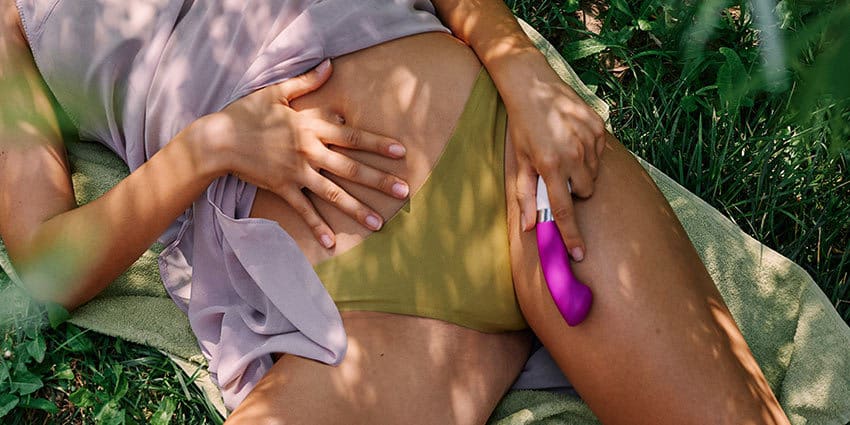
With slang such as ‘fingering’ and ‘polishing the pearl’ (not to mention frequent references to removable shower heads), it’s no wonder solo sex can be a little bit confusing for some.
Here, we explain some of the most common methods of female masturbation, so even if you’ve had plenty of practice, you might learn a new technique of solo sex that feels good!
Remember, there is no right or wrong way to female masturbation because everybody is unique (which is why there is a vibrator or sex toy for just about anyone).
Why Do Women Masturbate?
Women masturbate for exactly the same reason as men; it’s pleasurable and has many health benefits, helping deal with things like insomnia, poor body image, stress, boredom, or good-old-fashioned feelings of sexual frustration.
Craving quality self-pleasuring sessions is a totally normal urge. You can grab your vibrator and do it solo from the comfort of your own bed.
Did you know that the clitoris has more than 6,000 nerve endings, which is more than on the head of the penis? It’s also the only organ with one job-sexual pleasure! The female orgasm is just an added bonus that has a ton of health benefits in and of itself.
How Many Women Masturbate?
The percentage of women who masturbate can range from just 38% to 92%, depending on which sex educators you ask.
What is important is that masturbation is a sexual activity that’s healthy and normal for both your body and mind. And you really shouldn’t be concerned if you’re doing it twice a day or twice a month as long as you’re happy with your personal sexual experiences.
Exploring Sexuality
One of the most important parts of masturbation is to focus on your personal sexuality. While we can and do and do recommend masturbating with your partner, masturbation is an important part of your personal relationship with your own sensuality.
It is self-care and sex* combined and shouldn’t be treated as less important than other aspects of your sex life. Also, any sex educator will say that learning about your personal sexuality will help improve partnered sex.
How Do Women Masturbate?
Erotic Inspiration
Female desire is a little understood (and until recently, little studied) phenomenon, but it does seem apparent that we can be quite flexible when it comes to what feels good and what turns us on.
For most women, a turn-on can be a sexy yet not necessarily explicit spicy scene in a movie that makes the imagination run wild or intensely kinky written erotica that gets the temperature rising.
Thanks to the overwhelming popularity of Fifty Shades of Grey and the vocal women who are creating feminist porn, the taboo toward consumption of erotica by women is being broken down.
Advice for female masturbation and reaching the finish line is no longer just suggestions of lighting scented candles or taking a bath (though these do certainly work for some people, and it’s always nice to treat yourself), and we are able to talk much more explicitly about female pleasure.
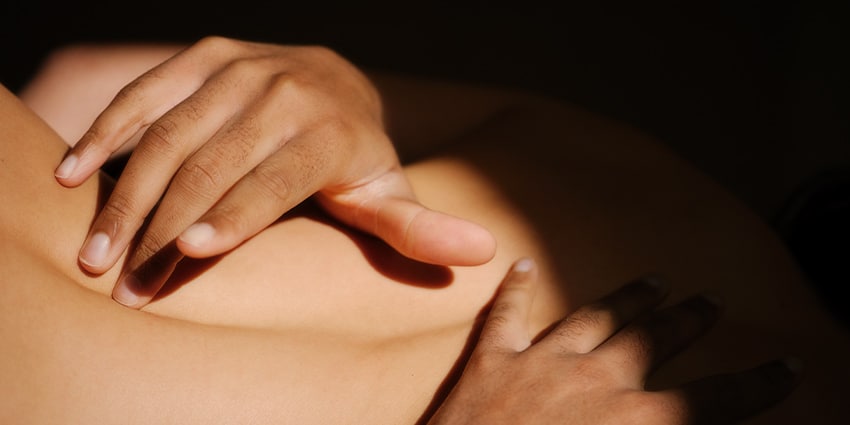
Equipped for Pleasure
Now, let’s start with the most important tool we have for pleasure: our body.
While there are a ton of erogenous zones all over the female body that may be involved in your masturbation, we are going to focus specifically on the primary sexual anatomy.
Because we don’t have to touch our genitals when we urinate as men do, we don’t always have the same familiarity with them as men unless you are one of those lucky women who was given a mirror and a copy of Our Bodies, Our Selves when you were younger.
This is a shame because all genitals are beautiful.
What Exactly are We Referring to When We Use the Word Vagina?
While we often use ‘vagina’ to refer to our entire genital anatomy, by doing so, we are ignoring (some even say linguistically erasing) some of our most erotic parts.
Female Anatomy
Technically, the vagina is just the canal on the inside which isn’t the most popular source of orgasm, while the outer part is the vulva.
The vulva is made up of the vaginal opening, the clitoral hood, the clitoral glans, and the inner and outer lips. Both the clitoris (including the hood and the glans) and the inner lips are made of the same tissue as the penis.
Both start out the same in a fetus, and all are densely packed with nerve endings. Also important, while the outer lips are on the outside, the inner lips can be bigger than the labia majora and can be visible from the outside.
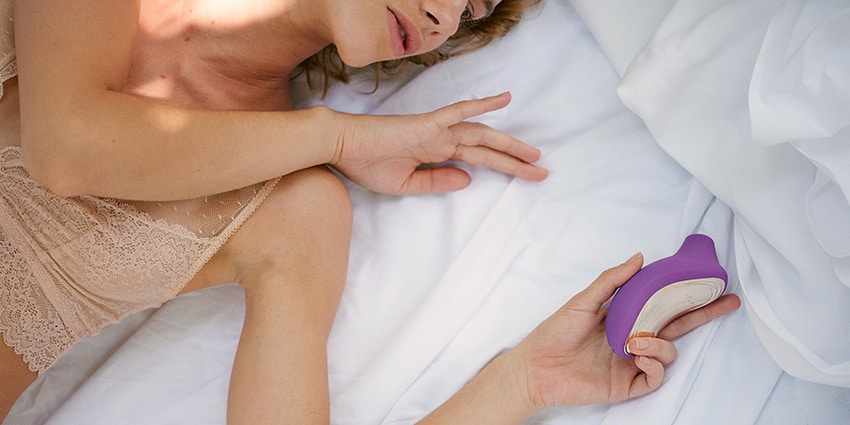
Methods of Masturbating
There are three common ways women begin to masturbate. Some learn when they are quite young that pressure feels good―before they even understand what or why they’re doing it; some first have a sexual partner and then start masturbating on their own, and some learn about the concept of masturbation before actually trying it.
While we discuss different methods of masturbation and female self-pleasuring below, one of the most important parts of masturbation that so often gets neglected is the use of lubricant.
Unlike saliva or lotion, a good water-based personal lubricant is specifically designed for use with your body and sex toys, and it is helpful in getting you aroused and avoiding discomfort.
The Ultimate Female Masturbation Guide
1. Grinding
Whether it be on a pillow, hard surface, or toy, some people are able to bring themselves to the finish line by grinding or rubbing their clitoris against something.
If you prefer to grind and are looking to intensify the sensation, you can try putting a very strong massager such as the Smart Wand Large in the middle of a folded pillow or towel and move against its flexible head.
2. Clitoral Stimulation
While grinding is a less direct way to masturbate and stimulate the clitoris and other parts of the vulva, actually touching the area—especially your clitoris—is the most common method of masturbation.
There are many different types of finger motions that women use to experiment with what works best!
A few options or common finger positions include rubbing circles (with one, two, or four fingers) on your clitoral hood. Some women like rubbing to the right or left of their clitoris rather than directly on it, and many have a favorite side when they do.
Some women like to make large figure-eight circles, touching the clitoris, the inner lips, and the vaginal opening.
Incorporate a Toy
Most toys come with a wide range of vibration patterns, too. See what works for you and your body!
(A helpful guide when buying your first vibrator and trying to decide between more pinpoint sensations like MIA 2 or more diffused like LILY 2 is to note whether you use two fingers to focus directly on the clit, or more fingers to make wide circles around the whole vulva.)
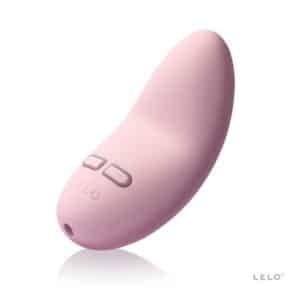
Pro tip: why not film a sexy video for yourself? You’d be surprised at how watching the brilliance of your own body work can cause you to have stronger orgasms.
Non-direct Clitoral Stimulation
Also, some women like to explore themselves through their undies or cloth as their clitoris is too sensitive to direct touch.
If you find your clitoris is too sensitive for this direct contact, you may enjoy ORA 2 as it has subtle sensations that you can control the pressure of.
Using the tub faucet or shower head to run water over your clitoris is another method of masturbation, though depending on your bathtub, it can get a little tricky to maneuver.
Remember, however, that water is not a substitute for lube and can actually make it harder to use toys in the tub.
We also encourage you to try SONA, the first sonic sex toy which stimulates 75% more of the clitoris (including the part of its structure you can’t see)!
If you read the reviews, you’ll see that not only can it be the source of an intense orgasm, but it’s also made a lot of women squirt.
3. Fingering, The G-Spot & The A-Spot
Some really interesting sexual health research finds that almost 98% of women stimulate their external genitals when masturbating—some do it alone, and some couple it with internal, vaginal stimulation (like with dildos and vibrator toys).
Of course, if you are a woman who likes to masturbate just with vaginal play, that’s ok too! Whatever gets you off is totally fine.
So, if you want to try masturbating with an internal vibrator, with or without stimulation of the clit, you can use your fingers to massage the vaginal canal itself.
Some people greatly enjoy pressure just within the opening of the vagina, and some like to massage higher up on the G-spot.
Methods for stimulating these internal areas can vary. Any of our G-spot stimulator sex toys can add sensations to these internal areas, though if you are looking to masturbate by combining stimulation of the clitoris and vagina, try masturbating with the SORAYA or INA Wave.
4. Anal Play
Just because you don’t have a prostate doesn’t mean your body can’t enjoy anal play or anal orgasm in the same way. The anus is filled with feel-good sensations that make it one of the most frequented erogenous zones for solo play.
Best Tools for Anal Pleasure
During masturbation, this can involve the use of fingers, butt plugs, or dildos combined with any of the above techniques or on their own.
What is most important to remember when incorporating anal play into your self-pleasure is to use lubricant, never to use something vaginally after it has been used anally unless it has been thoroughly washed (or covered with a condom), and to only use products anally that have a flared base, lest you’re keen to make an awkward trip to the emergency room.
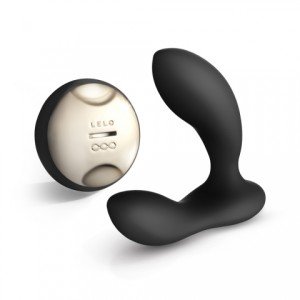
Female Orgasm
What Does an Orgasm Feel Like?
According to research conducted by certified sex therapist Dr. Nan Wise, the human body contains a neurological sensory map that can be activated with stimulation of the clitoris, vagina, and cervix.
So basically, it’s a brain explosion coupled with a surprising amount of blood flow to the genitals (which is how the penis and clitoris get hard during arousal and get released of sexual tension after orgasm).
But what’s most often described during female orgasm is a series of periodical contractions of the vaginal muscles. Women can orgasm for up to 2 minutes straight, so you can only imagine it’s a good way to relieve stress.
Sexual Response Cycle
The sexual response cycle is the amount of time your body needs to “cool down” after peak before reaching arousal again. For women, it’s a lot shorter than for men, which is how some women are able to achieve multiple orgasms in a single solo session.
By the way, you do not have to reach orgasm in order to enjoy masturbation, and you don’t need a therapist to tell you that. What’s considered the “best sex” is completely subjective.
Is There Something Wrong with Me if I Can’t Orgasm?
Not necessarily. But if you are worried, there are people you can talk to.
Step one is discussing this with your healthcare practitioner, who may refer you to a therapist to provide medical advice. A few things could come in the way of finishing during sexual intercourse and the desire for sexual activities, like sexual trauma or experiencing vaginal dryness that makes masturbation uncomfortable.
Speaking to a professional could get you in the right mindset for your sexual well-being. We are in control of our own bodies, and wanting to pursue the self-pleasure game makes sense. Sometimes voicing an idea about what we want out of masturbation can simply make us realize that the idea is attainable.
No Right or Wrong Way to Masturbate
The benefits of masturbation, aside from the mental and physical health benefits, are such that they let us explore our bodies and desires in a relaxed, low-pressure situation, which ultimately makes us more confident to tell our partner what our body and mind wants and needs are. Masturbation also allows us to feel comfortable with our bodies and sexuality.
Also, never underestimate the power of indulging in ‘me-time’ to rev up your sexual desire because, after all, pleasure is part of your overall health. The more sex you have, including with yourself, the more sex you want! And the more likely you are to finish (although making this a goal while masturbating or having sex can hinder it from happening).
Coupling that feel-good feeling with defining what exactly you want out of masturbation is as healthy as sexual health gets. So, grab the lube and your favorite toys, and unlock your new pleasure potential. Get to know your erogenous zones!
*In this article, for ease of reader understanding, we are using the words sex and intercourse as synonymous, as is done in popular culture in general. Similarly, we use the word “foreplay” the way it is used in popular culture (i.e., the sexual acts such as oral sex that come before intercourse). However, as aptly pointed out by our sex expert Laurie Mintz, we would also like to acknowledge that such language exalts men’s most reliable rout to orgasm and linguistically erases women’s most reliable route to orgasm—clitoral stimulation, either alone or coupled with penetration. Indeed, only between 4% and 18% of women reliably orgasm from penetration alone. We look forward to the day when such language is not commonly used in culture.

